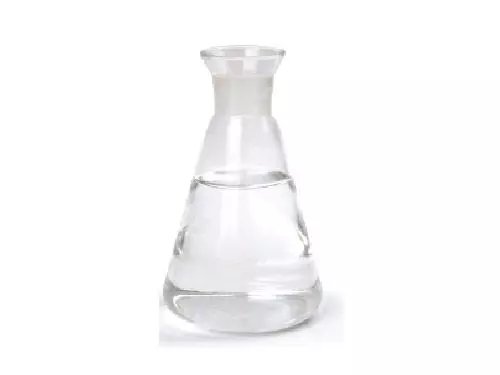Phthalic Anhydride (99,5%) - China
|
IUPAC Name |
: 2-Benzofuran-1,3-dione |
|
Cas Number |
: 85-44-9 |
|
HS Code |
: 2917.35.00 |
|
Formula |
: C8H4O3 |
Basic Info
|
Appearance Name |
: Fine White Powder |
|
Common Names |
: Isobenzofuran-1,3-dione |
|
Packaging |
: 25 KG PE bag, 1,250 KG Falcon Bag |




---china.webp)
---china.webp)
.webp)
 English
English
 Indonesian
Indonesian
 简体字
简体字
 العربية
العربية
 Español
Español
 Français
Français
 Português
Português
 日本語
日本語
 한국어
한국어
 Tiếng Việt
Tiếng Việt
